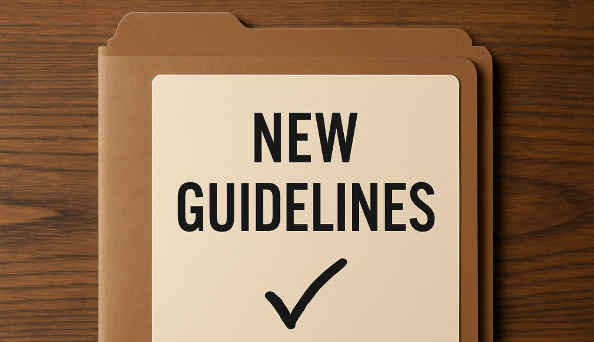What’s happening?
New national guidelines on prescribing and dispensing medicinal cannabis have been released by the Australian Health Practitioner Regulation Agency. The Pharmacy Guild of Australia has welcomed the move and said it aligns with their own concerns about how some prescriptions have been managed. National President Professor Trent Twomey said, “Like AHPRA, the Guild has been concerned about recent reports of irresponsible prescribing and dispensing of medicinal cannabis.”
He added, “We also applaud the Regulator’s proactive action against practitioners who’ve demonstrated poor professional practices when prescribing medicinal cannabis.” The Guild has been watching the way cannabis-based treatments are prescribed and believes the guidance will help improve standards for both prescribers and pharmacists.
Why it matters
“These guidelines focus on prescribers and also apply to pharmacists,” Professor Twomey said. “When dispensing medicinal cannabis prescriptions, community pharmacists should also assess the therapeutic need for the prescription and ensure prescribers have developed an appropriate management plan with the patient, which includes a clear exit strategy.”
This means pharmacists are expected to do more than dispense the product. They are part of the care team and have a duty to question prescriptions that do not meet these standards before supplying them to patients.
Local Impact
Professor Twomey said the guidelines send a clear message about when medicinal cannabis is appropriate. “The Guidelines reinforce that medicinal cannabis should not be considered a first-line treatment, but rather a therapeutic option, used only when supported by appropriate evidence.”
He explained that community pharmacists have an important role in checking the reasoning behind each prescription. This includes making sure patients are informed about the treatment and that there is a plan in place to stop or review use if needed.
By the numbers
-
Clinical evidence remains low for many symptoms.
-
Community pharmacists must review each prescription’s plan and exit strategy.
-
Practitioners using telehealth face extra responsibilities.
Zoom In
Professor Twomey said pharmacists are often the last point before a patient starts a new treatment, so they should take time to clarify any doubts. “The Guild strongly supports the recommendation for communicating, following the patient’s permission, with their regular practitioners as well as the additional obligations for prescribers conducting telehealth consultations,” he said. This approach helps ensure that everyone involved in a patient’s care is aware of the treatment and can monitor it properly.
Zoom Out
“A patient’s regular healthcare providers, such as their general practitioner and regular community pharmacy, are best placed to manage the safe and effective use of medicinal cannabis products,” Professor Twomey said. The Guild’s comments highlight the importance of keeping the patient’s usual health team involved rather than treating cannabis prescriptions as isolated decisions.
What to look for next?
Professor Twomey said vigilance will remain important. “The Guild also reinforces the responsibility of all healthcare providers, including community pharmacists, to report any unprofessional prescribing practices related to medicinal cannabis to the relevant regulatory authorities,” he said. These steps are intended to make sure future prescribing and dispensing follows clear professional standards, protecting both patients and practitioners.



